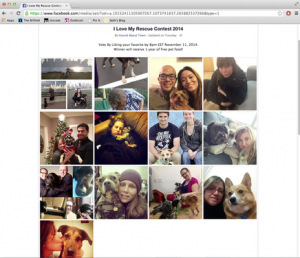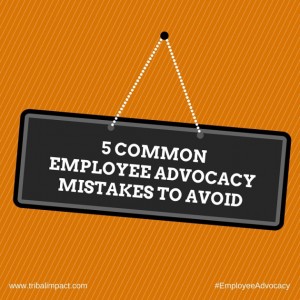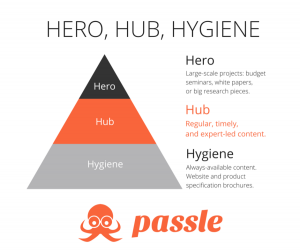The marketing world as we know has been turned on its head, thanks to COVID.
We are still a long way from overcoming the global pandemic, and there is still vast uncertainty over what our new future will look like when the dust settles.
One thing is certain, though: the needs, behaviours, and expectations of our customers have changed post-Covid, and will not be returning to the pre-pandemic norm.
We should consider this new phase our next normal, and as marketers we need to adapt. By testing new ideas, investing in transformational campaigns, and making dramatic changes, we can adjust to a post-pandemic marketing landscape. It will be crucial to create an agile marketing culture in order to tackle the next normal, and all of the “next normals” that will undoubtedly follow.
Mapping your marketing onto the next normal: 3 trends
I’ve identified 3 “next normal” trends that I would like to share with you, and developed some questions that should be starting points for discussions with your marketing teams. These trends were already surfacing before the pandemic – Covid just fast-tracked implementation. Nevertheless, within each of these trends there are some totally new components that did not exist pre-Covid, and require radical new thinking.
I found our Digital Marketing Map to be a great starting point for this analysis, to spur my creative thinking, and to visualise strategic options for mapping our way to the new normal.
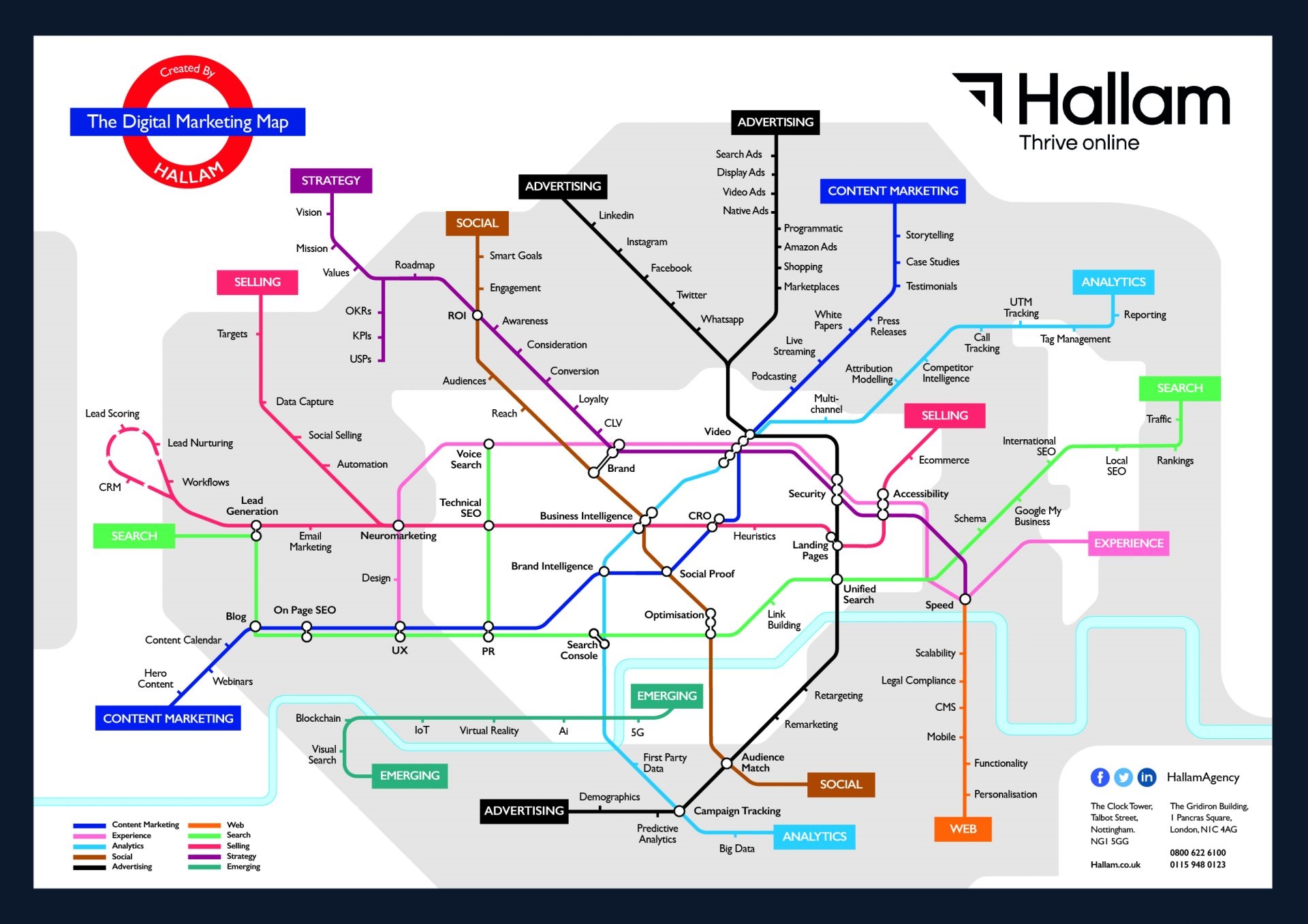
Trend 1: The great leap to digital
Out of sheer necessity, lockdown sparked a major leap in our customers’ confidence in using digital platforms, and the unprecedented use of digital services. It is now up to us to rise to the challenge and meet these newfound expectations.
Now, our customers are shopping online in extraordinary numbers and they are expecting to see other services available online, too. For B2B businesses, these services extend to self-service application and customer support, new interactive technologies, and use of apps.
The NHS is a shining example of a giant leap to digital here in the UK. Use of the NHS app has sky-rocketed for online consultations, to manage appointments, order repeat prescriptions, and view medical records. The app’s significance should not be underestimated – research by the IPPR suggests that is could save up to 20,000 additional lives per year, and an estimated £10 billion for the NHS.
If an organisation as vast as the NHS can meet customer demand at lightning speed and make the leap to digitising services, then our organisations must, too.
Here is a list of questions to discuss within your marketing team:
- To what extent do you understand the new digital expectations of your customer base?
- What are you doing to analyse and measure their new digital behaviours?
- How can you modify your user experience, your communication style, and your functionality to satisfy your customers’ new expectations?
- What new customer segments do you need to address and define?
Trend 2: The drive towards brand purpose and trust
Activism and social values were a rising trend prior to COVID. The pandemic has, however, accelerated the importance of a company’s stand on societal issues as a decisive factor when purchasing good and services for many consumers.
A comprehensive piece of research on brand trust has been published by Edelman, which highlights that trust is second only to price for loyalty and purchase. This overtakes other key factors including product performance, reputation, and ease of access.
Remarkably, it reported that nearly 7 in 10 participants are shunning advertising, and instead influenced by peer conversations, personal experience, and news outlets. Consumers are going as far to use ad blocking tools, and purchasing paid subscriptions for streaming services to avoid being exposed to advertisements.
In recent times, consumers are also becoming increasingly concerned about data sharing and personal privacy issues.
As marketers, it’s more crucial than ever to concentrate on conveying our brand’s values and purpose, and highlight what is important to us, and what we stand for.
Brand purpose and building trust is more important than ever. Whether this be alignment with a specific cause or how we treat our clients and co-workers or demonstrating corporate social responsibility (CSR), our values need to be conveyed.
Here are some questions to be discussing with our marketing teams:
- How should you adjust your brand vision or purpose to the new focus on activism, values and trust?
- What parts of our trust building behaviours and policies gives us a competitive edge?
- How should we approach our use of advertising channels in this new normal?
- What can we highlight as differentiators when it comes to privacy and data handling?
Trend 3: The convergence of home and office
What began as a protective lockdown measure is now reshaping how and where we work. Many employers and workers will not be returning to offices at all, and will instead work from home full-time.
The traditional idea of “home” has transformed into somewhere we now live, learn, play and work.
Pre-pandemic, this breakdown of a work/home barrier had already begun, but as with other trends I’ve identified, the change has accelerated. And it looks like this change is here to stay.
Our customers are now moving increasingly fluidly between personal and professional space and activities. Our marketing messages need to reflect this – but how should we choose appropriate timing, without being intrusive?
There is currently no data that aids our understanding of behaviours that occur in working moments, and those devoted to leisure time. When you add in the concerns surrounding tracking and invasion of privacy, an utterly new marketing landscape lies ahead of us. For this reason, it is time to reconsider our targeting strategies, implement new analytical techniques, and retrain our machine learning.
As our customers move seamlessly between numerous communications channels at home – Alexa, Zoom, Slack, social media, streaming services – we will need to reimagine innovation solutions for two-way communications. These channels, too, will need to rethinking as home and offices becomes one.
Questions to discuss with your marketing team:
- What needs changing to personalise the customer experience and journey as they effortlessly move between home and work life?
- What analytics capability do you have to enhance your understanding of the home worker’s customer journey?
- What channels should you be using to reach your customers in this new online marketing landscape?
Exciting times
Within the current climate, we truly cannot predict what lies ahead.
The future is incredibly uncertain for marketers, but that does not mean we can’t take swift and decisive action in accordance to what we know right now. Most importantly, we need to ensure that we’re offering an agile and flexible response to our future “next normals”.
Would you like a Digital Marketing Map Poster?
Share our iconic Digital Marketing Map on your social media, and as a thank you we would be delighted to post an A3 poster size copy of our iconic digital marketing map out to you.
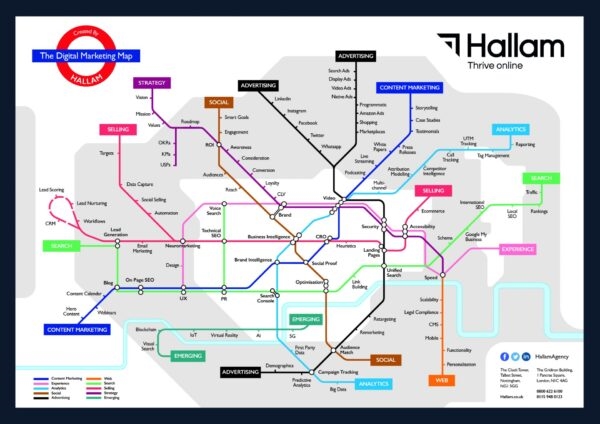
Share the map first using the #HallamMap hashtag, and then complete this form letting us know where you shared and your preferred post address. We will get a poster out to you straight away.
The inevitable small print:
- We can send the poster to UK addresses only
- A verifiable social share is required
- Whilst supplies last
Digital & Social Articles on Business 2 Community
(53)



